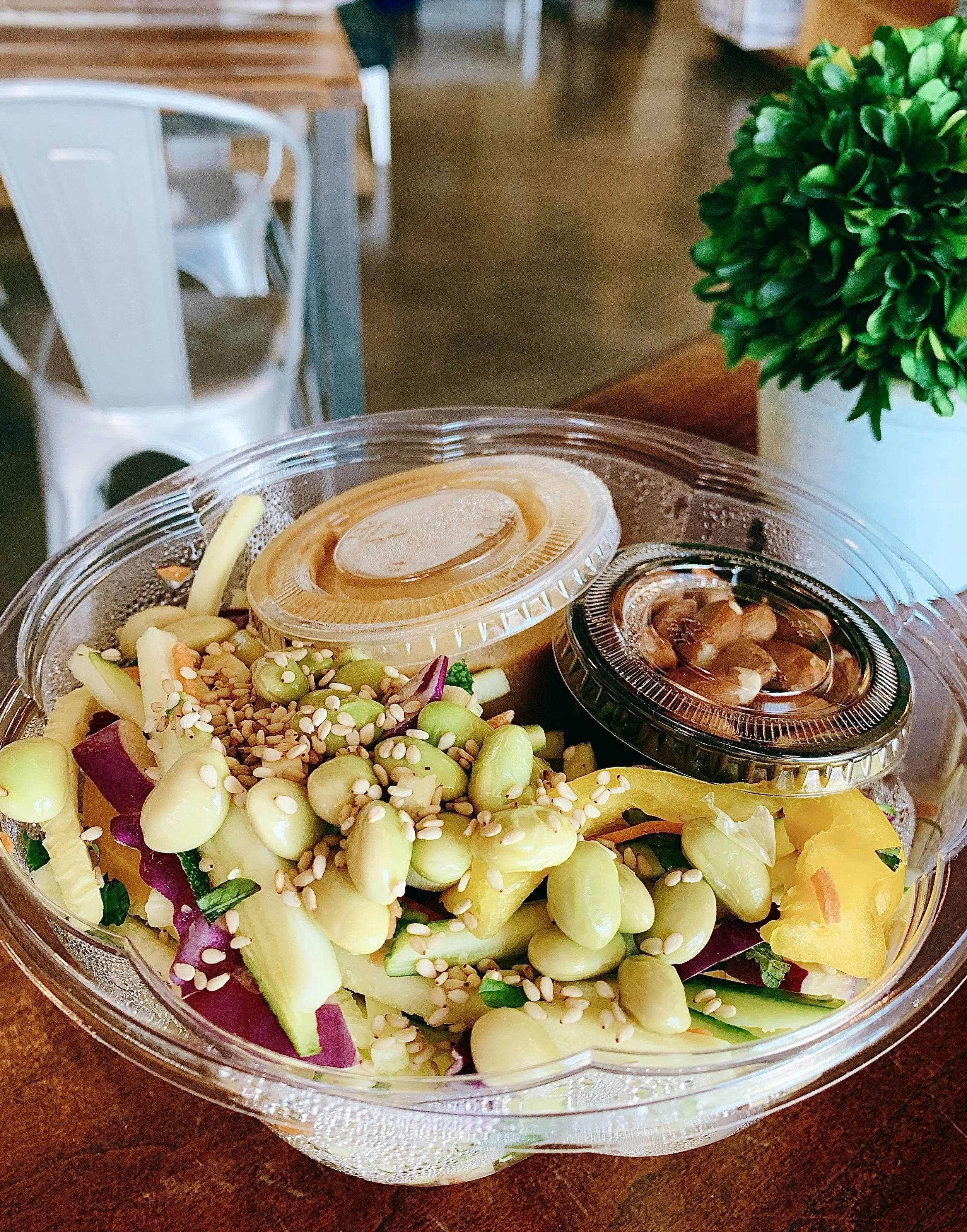The Basics: Prebiotics & Probiotics
Post previously published on, and in collaboration, with E+Rose Wellness Cafe. Edited for reposting purposes.
Everyone’s talking about gut health these days, and probiotics are a major player in the game of keeping our gut in tip-top shape! Food companies are coming out with more and more products with added pre or probiotics as well as supplements, but these friendly bacteria also exist in whole food form!
Probiotics are the good bacteria in our gut made by prebiotics. In other words, prebiotics are the food for our good gut bacteria. Prebiotic foods include plant sources like bananas, onions, leeks, asparagus, garlic, jicama, okra, radishes, turmeric, carrots, artichokes, legumes and whole grains. These foods contain non-digestible fiber which are fermented by probiotics and produce beneficial compounds for our bodies to use.
Most of our immune system lies in our gut, so when our good bacteria are “happy,”our immune function is likely pretty good too. Of course, probiotics also help with digestive health and weight management, and may be beneficial for our skin and brain health as well.
Probiotic food sources include fermented foods like kimchi, sauerkraut, and other pickled vegetables, tempeh, miso, yogurt, kefir, and kombucha. Consuming these foods help to restock our probiotic stores, because they contain live bacteria, whereas consuming prebiotic foods helps to grow our probiotic stores.
Those who consume more plants likely have a more diverse population of gut bacteria – yay plants! Due to the plant-based nature of E & Rose Wellness Café, you can find prebiotic and/or probiotic sources in most dishes, like the Teriyaki Noodle Bowl (above). You can also try making your own gut-friendly snack like my Smokey Kimchi Dip (below), and aim to include a source of pre or probiotics at most meals to help our good gut bacteria outweigh the bad!











